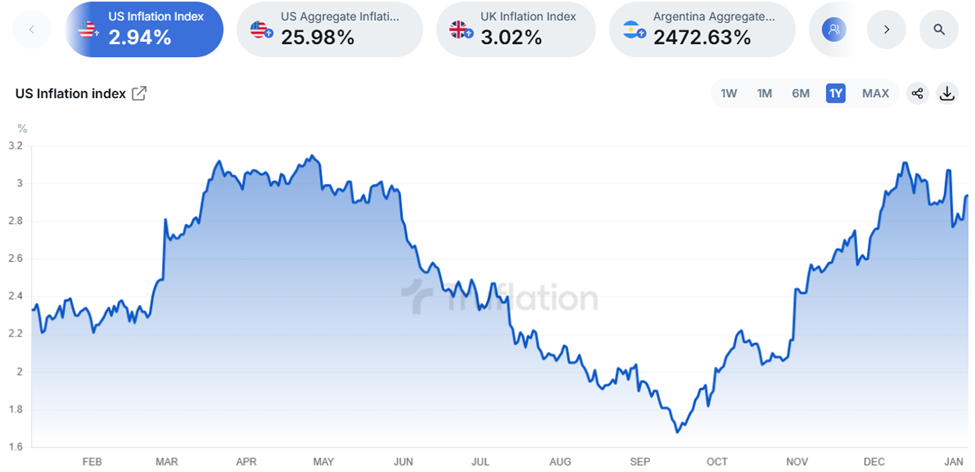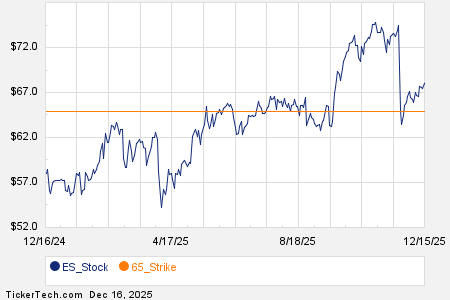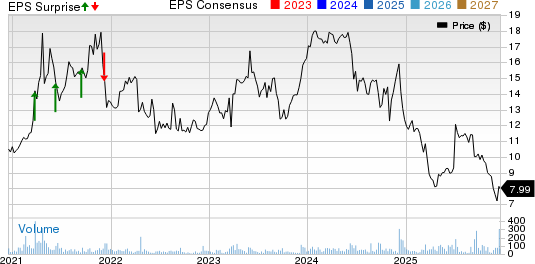Tomorrow’s Webinar: Discover TradeSmith’s Seasonality Tool and Bitcoin’s Recent Surge
Unlocking Market Patterns with TradeSmith’s Newest Tool
Don’t forget! Tomorrow at 10 AM ET, join Keith Kaplan for a webinar focused on TradeSmith’s latest innovation, the Seasonality Tool. This tool aims to give investors a significant quantitative edge.
For those new to the Digest, Keith Kaplan is the CEO of our partner, TradeSmith, and he will explain how this new tool utilizes patterns found in market cycles.
In simple terms, some stocks show consistent seasonal patterns. Take Nvidia for example; over the past 15 years, it has spiked during a 15-day period beginning October 24, achieving a perfect hit rate every single year.
Now, consider having insights like these for multiple stocks throughout the year.
TradeSmith’s Seasonality Tool analyzes 50,000 data points daily, identifying optimal days for buying and selling stocks. This means no more guesswork—just clear, actionable strategies.
In backtesting over 18 years, the Seasonality Tool indicated a total growth of 857%, more than double the S&P’s returns during the same timeframe. Even in 2007, a particularly poor year, it still managed an impressive annualized return of 37.9%.
Plan to attend tomorrow at 10 AM ET, where Keith will elaborate on how this quantitative tool can significantly impact your investment strategy this year. Reserve your spot here, and we look forward to seeing you!
Bitcoin Surpasses $100K; Altcoin Enthusiasm Grows
Yesterday, Bitcoin regained the $100,000 mark, peaking at $102,000 for the first time since before Christmas. As of Tuesday morning, Bitcoin is slightly retreating, trading just below $98,000.
Smaller altcoins experienced significant gains yesterday but are also seeing a pullback today.
To put things in perspective, Bitcoin skyrocketed after Donald Trump won the election in November, reaching an all-time high of approximately $108,000 by December 17 before dropping around 15% to $91,000 by the end of 2024. During the mid-crash phase, we noted:
Such volatility is typical for Bitcoin. Rapid price jumps often lead to profit-taking, redistributing Bitcoin from less committed investors to those with a stronger holding position.
Ultimately, a significant increase like the recent 57% surge to $100,000 necessitates a period of adjustment. A pullback might be essential before we see renewed buying interest that could propel Bitcoin past the psychological barrier of $100,000.
While it’s uncertain whether we’ve started a trend that will keep Bitcoin above this threshold, historical patterns indicate that such movements could be on the horizon. Crypto expert Luke Lango forecasts a target of $200,000:
We predicted Bitcoin would reach $100,000 in 2024, and now we anticipate it trending toward $200,000 this year. Our analysis indicates that 2025 may mark the conclusion of this current Fourth Crypto Boom Cycle.
Luke cautions, however, that a crash may be looming in 2026/2027. Before that, we can likely expect one more major peak. Those familiar with crypto know that in the final phases of a cycle, altcoins often yield more significant returns than Bitcoin.
Crypto Cycle Dynamics: The Shift from Bitcoin to Altcoins
In the early stages of a crypto cycle, cash tends to flow into Bitcoin as investors recover from previous declines. As the cycle progresses, confidence grows and investors shift their attention to altcoins seeking larger returns. This rotation often reduces Bitcoin’s dominance.
At the peak of a cycle, when market enthusiasm reaches a fever pitch, top altcoins can experience astounding gains. In 2021, we witnessed this firsthand:
That year saw more than 20% of the top 300 altcoins by market cap soaring over 1,000%. For instance, Gala (GALA/USD) skyrocketed approximately 40,000%, while CEEK VR (CEEK/USD) surged about 25,000%.
Other altcoins like Anyswap (ANY/USD), XYO (XYO/USD), and Axie Infinity (AXS/USD) jumped over 15,000%. Furthermore, Sandbox (SAND/USD), Polygon (MATIC/USD), and Terra (LUNA/USD) each rose more than 10,000%.
In essence, the gains for many altcoins in 2021 were immense, and similar opportunities may arise again in 2025.
Currently, hints suggest we are entering an “altcoin season,” which is when altcoins typically outperform Bitcoin.
The Blooming Absurdity: Fartcoin’s Rise in Value
One notable example of the current crypto climate is Fartcoin, which started as a joke but has recently surged. It now holds a market cap of $1.15 billion, exceeding the market caps of companies like Office Depot and ZipRecruiter.
This highlights a late-stage bullish behavior in the market—a display of notable absurdity.
While the nature of Fartcoin may seem silly, there is potential for substantial financial gain. For instance, if invested $500 in Fartcoin a month ago, you could now have over $3,000—certainly helpful for emptying a holiday credit card bill.
In summary, shifting dynamics suggest that interest in altcoins is on the rise. It’s essential to recognize this trend and plan your investments accordingly.
Monitoring Trade Wars: Implications for Investments
Lastly, a critical development occurred last week that many investors may have overlooked, reported by Reuters:
China adds 28 US entities to export control list.
China’s Export Ban Targets Major U.S. Defense Companies
China has announced an export ban on certain items to 28 key companies, including General Dynamics, Boeing Defense, Space & Security, Lockheed Martin, and Raytheon Missiles & Defense.
Schreger’s Insight on China’s Response
According to CBS News, Jesse Schreger, an associate professor of Macroeconomics at Columbia Business School, stated: “This really does seem to be a warning shot. The escalation in U.S. policies against China, especially under Trump, will prompt a more aggressive response from China. It is clearly signaling that it will not take tariffs passively.”
Trump’s Stance on Tariffs
Recently, rumors surfaced that president-elect Trump might reconsider his proposed tariffs. However, he quickly dismissed these claims. In a post on Truth Social, he stated:
The story in the Washington Post, quoting so-called anonymous sources, which don’t exist, incorrectly states that my tariff policy will be pared back. That is wrong.
The specifics of Trump’s tariff strategy remain somewhat ambiguous. Back in November, he announced a 25% tariff on imports from Mexico and Canada, along with a 10% tariff on China, pending new policies aimed at curbing migration and illegal drugs. Furthermore, Trump has previously suggested a steep 60% tariff on all Chinese goods.
Implications of Tariffs on Inflation
These potential tariffs could drive up prices for various consumer goods, which has caused market concern in recent weeks. Despite this, Luke maintains that the anxiety surrounding tariffs may be exaggerated.
We think excessive tariffs are a risk to the markets this year, but we believe the likelihood of that happening is low – and without that risk manifesting, stocks should soar yet again this year.
There will be significant interest in how Trump addresses any resurgence in inflation. His focus seems to be on invigorating the U.S. economy through deregulation and reduced corporate taxes. However, substantial price increases for consumer goods due to tariffs may counteract these economic goals.
Investor Insights and Predictions
Louis Navellier, a well-known investor, predicts that Trump will sign several executive orders upon taking office on January 20, leading to notable stock advancements within the first 100 days of his administration, as well as potential downturns.
During Trump’s first term, Navellier’s stock rating system successfully identified the top 30 performing stocks. He believes his system will perform similarly under Trump’s second term. More details about his stock rating approach and positioning for Trump’s administration can be found here.
Tracking Inflation Trends
As of Tuesday morning, Truflation.com indicates that inflation currently sits at 2.94%, significantly above the Federal Reserve’s target. This trend further complicates the economic landscape.

Source: Truflation.com
In conclusion, as Trump approaches his inauguration, the potential for significant changes in economic policy could lead to notable market behaviors. Prepare for a dynamic period ahead.
Wishing you a pleasant evening,
Jeff Remsburg







